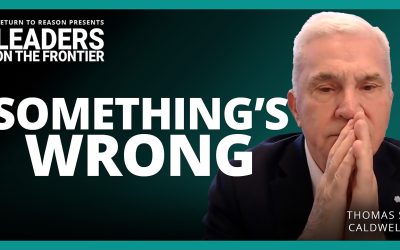Ronald Reagan, in the last year of his presidency, delivered one of his most magnificent speeches. It was the last day of his fourth and final summit with Mikhail Gorbachev, Reagan never regarded his meetings with Mr. Gorbachev as pertaining solely to arms control. Arms control was merely the pretext for a more fundamental challenge. If the theme is diplomacy, the underlying purpose is liberty. He did understand that victory would belong in the end not to one nation over another, but to one political-moral idea over another. Freedom must triumph over totalitarianism. Reagan had always abominated communism. Reagan’s ultimate aim was to plant the seed of freedom in the newly receptive furrows of a cracking totalitarianism. “Mr. Gorbachev, tear down this wall,” he cried at the Brandenburg Gate in 1987. “Isn’t it strange,” he mused to reporters, “that there’s only one part of the world and one philosophy where they have to build walls to keep their people in.” Reagan delivered his Moscow speech standing before a gigantic scowling bust of Lenin and a mural of the Russian Revolution. He incorporated them as props in his address. “Standing here before a mural of your revolution,” he said, “I want to talk about a very different revolution, the key is freedom—freedom of thought, freedom of information, freedom of communication.”
Canadian Property Rights Index 2023
A Snapshot of Property Rights Protection in Canada After 10 years


